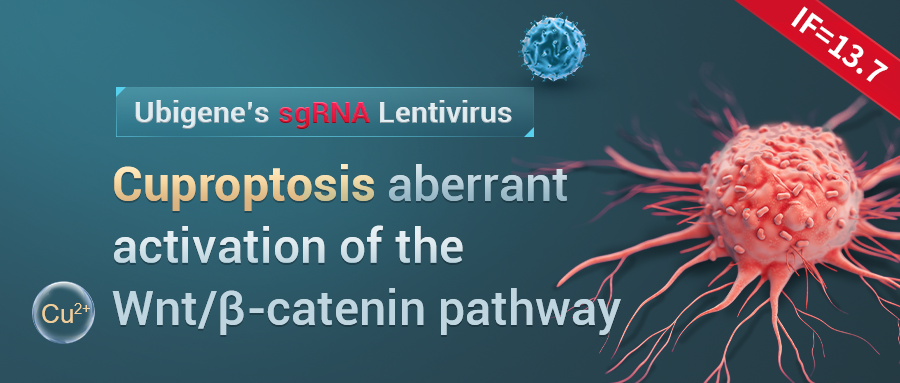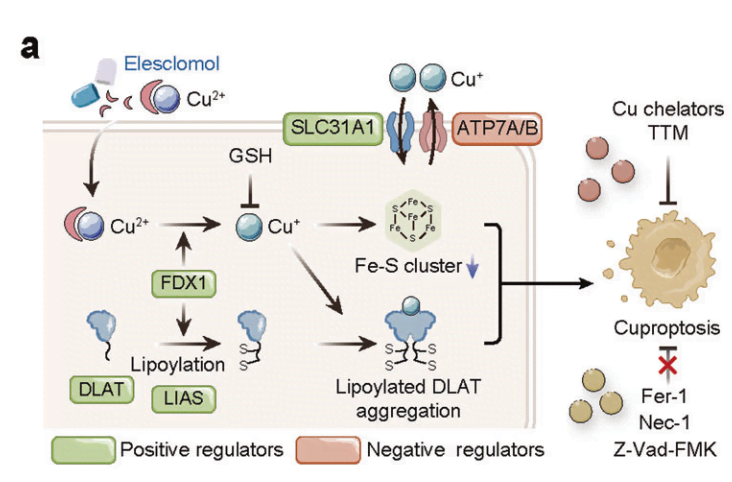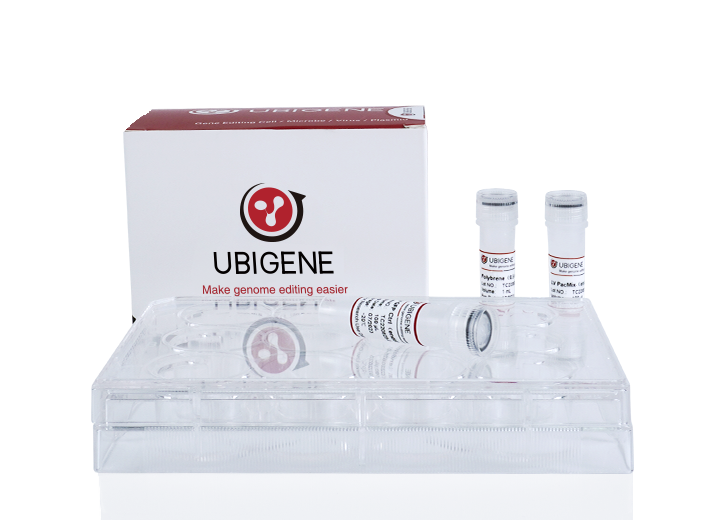IF=13.7 | Potential Effect of Wnt/β-catenin pathway promoting tumor growth in Resisting cuproptosis

Cuproptosis, as a unique mitochondria-mediated cell death mechanism, originates from the abnormally high accumulation of copper ions in cells, significantly differing from classical pathways such as apoptosis, ferroptosis, and pyroptosis. Although Cuproptosis shows potential application value in cancer treatment, the molecular basis of how cancer cells evade this death pathway has not been clearly elucidated.

Figure 1 Schematic diagram of Cuproptosis mechanism
Recently, a research team from Taikang Center for Life and Medical Sciences, Wuhan University, China published a research paper titled "Dysregulated Wnt/β-catenin signaling confers resistance to cuproptosis in cancer cells" in Cell Death and Differentiation (IF=13.7). This study revealed how aberrant activation of Wnt/β-catenin signaling promotes the proliferation of tumor cells, especially cancer stem cells, to evade Cuproptosis,in which the knockout cell lines were constructed by the lentiviruses constructed by Ubigene (carrying sgRNA targeting gene SLC31A1 or TCF4).
Under normal physiological conditions, the Wnt-β-catenin signaling pathway plays a crucial role in finely regulating cell proliferation, differentiation, and maintaining stem cell homeostasis. However, in the pathological context of various cancers, the Wnt-β-catenin signaling pathway is often abnormally activated, which not only accelerates tumor growth but also confers significant resistance to multiple therapeutic approaches on tumor cells.
This study found that the Cuproptosis process is accompanied by aberrant activation of the Wnt/β-catenin pathway. Mechanistically, the research delved into the direct interaction between copper ions and PDK1 protein, and elucidated how this interaction drives the activation of downstream AKT molecules, thereby activating the Wnt-β-catenin signaling pathway. This process not only enhances the characteristic features of cancer stem cells but also significantly increases the resistance of tumor cells to Cuproptosis. Furthermore, the study revealed that the β-catenin/TCF4 transcription complex can specifically bind to the promoter region of the ATP7B gene in cancer stem cells, promoting copper ion efflux by acting upstream to regulate the expression of this gene, thereby reducing intracellular copper accumulation and indirectly weakening the effect of Cuproptosis inducers.
In summary, this study comprehensively analyzed the molecular regulatory network of Cuproptosis resistance in tumor cells for the first time, especially the molecular regulatory network of Cuproptosis resistance in tumor stem cells, emphasizing the biological importance of direct interaction between copper ions and PDK1 protein, and how this interaction strengthens the anti-Cuproptosis characteristics of tumor cells by activating the Wnt-β-catenin signaling pathway. This discovery provides a solid theoretical foundation for innovative cancer treatment strategies, pointing out potential ways to enhance the efficacy of Cuproptosis inducers by targeting the Wnt-β-catenin signaling pathway, especially for tumor cells that have developed resistance to conventional therapies. Furthermore, this study also inspires a new therapeutic strategy combining Cuproptosis inducers (such as Elesclomol-Cu) with Wnt-β-catenin signaling pathway inhibitors. This dual-targeting treatment approach aims to simultaneously enhance the efficiency of Cuproptosis and overcome tumor cell resistance, opening up broader prospects for cancer treatment.

Figure 2 Molecular mechanism of Wnt/β-catenin signaling pathway regulating cuproptosis sensitivity in cancer cells
Copper, as an essential micronutrient used by cells for critical biological processes, finely regulates various biological processes including the AKT-GSK3β-β-catenin signaling pathway, thus profoundly influencing the biological characteristics of cancer stem cells. Additionally, the aberrant activation of Wnt/β-catenin pathway constructs a protective barrier by acting upstream to regulate the transcription level of the copper transporter ATP7B, significantly enhancing the resistance of cancer stem cells to Cuproptosis. This study reveals the potential tumor-promoting role of the Wnt/β-catenin pathway in resisting Cuproptosis. The interaction between gene transcription and copper metabolism may have broad implications for the regulation of Cuproptosis under pathological conditions such as cancer and so on.
References:
Liu, YT., Chen, L., Li, SJ. et al. Dysregulated Wnt/β-catenin signaling confers resistance to cuproptosis in cancer cells. Cell Death Differ (2024). https://doi.org/10.1038/s41418-024-01341-2









